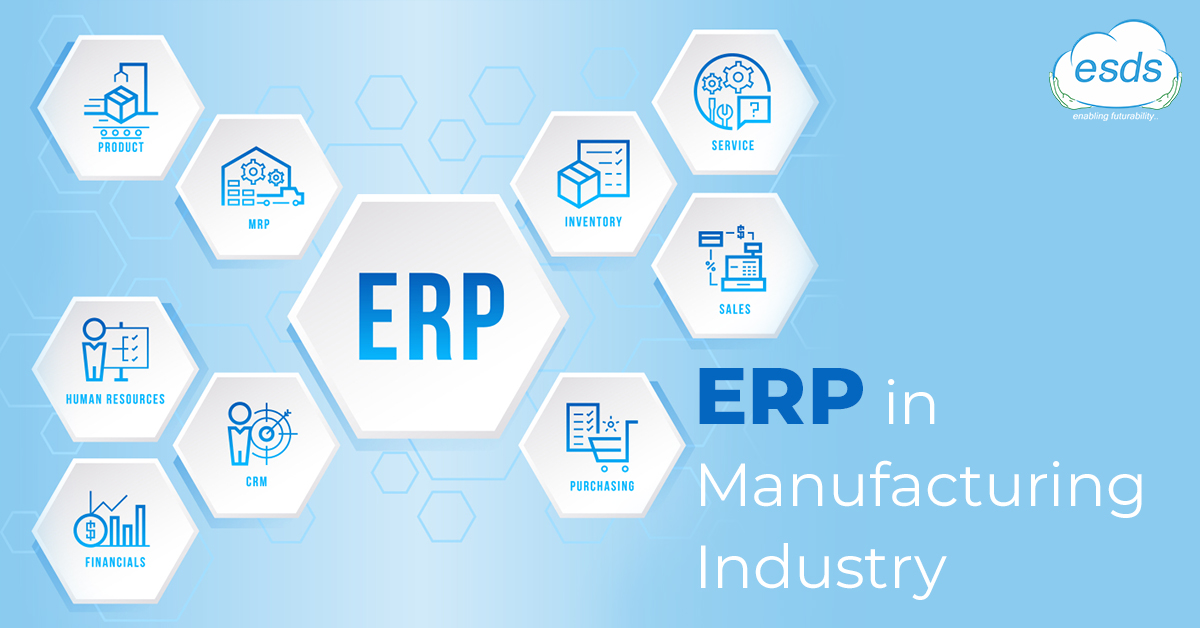Pin on erp
I recently came across these fascinating images and articles about ERP systems in manufacturing. As a person interested in business technology, I couldn't wait to share this information with you!
Pin on erp

The first image I stumbled upon showcases the essence of ERP systems in a beautiful and concise way. It immediately caught my attention and made me curious to explore more about it.
Why is There an Increased Need for ERP Systems in Manufacturing

The second image takes us deeper into the world of ERP systems in manufacturing. It highlights the growing importance and relevance of ERP systems for businesses operating in the manufacturing sector.
ERP, or Enterprise Resource Planning, is a software system that integrates various core business processes to streamline operations and enhance efficiency. It provides a centralized platform that connects departments, automates workflows, and facilitates data-driven decision-making.
Now, let me take you on a virtual journey to explore the power and significance of ERP systems in manufacturing.
Imagine a manufacturing company with multiple departments such as production, inventory, finance, and sales. Traditionally, each department may have had its own separate systems to manage their specific tasks. This often led to communication gaps, data inconsistencies, and inefficiencies.
However, with the implementation of an ERP system, all these departments can seamlessly connect and communicate with each other. The flow of information becomes smooth and transparent, enabling better collaboration and coordination among teams.
Key Ingredients for Successful ERP Implementation:
- Thorough Planning: Before implementing an ERP system, it is essential to identify the specific needs and goals of the organization. This will help choose the right ERP solution and customize it according to the company's requirements.
- Change Management: Introducing an ERP system often requires a change in workflows and processes. It is crucial to manage this change effectively by providing training and support to employees, ensuring a smooth transition.
- Data Migration: Transferring existing data into the new ERP system is a critical step. It requires careful planning and execution to ensure data integrity and accuracy.
- Continuous Evaluation and Improvement: An ERP system should not be considered a one-time implementation. It's important to evaluate its performance regularly and make necessary adjustments to optimize its effectiveness.
Instructions for Successful ERP Implementation:
- Map out the business processes and workflows that will be impacted by the ERP system.
- Select an ERP solution that aligns with the company's needs and goals.
- Organize training programs to familiarize employees with the new system and its functionalities.
- Ensure seamless data migration by thoroughly reviewing and cleaning the existing data.
- Monitor the implementation progress and address any issues or challenges that arise.
- Regularly evaluate the ERP system's performance and gather feedback from employees.
- Continuously improve and optimize the ERP system to ensure its alignment with evolving business requirements.
Implementing an ERP system can bring significant benefits to manufacturing companies. It enhances operational efficiency, improves inventory management, streamlines production processes, and provides real-time insights into business performance.
I hope you found this post informative and intriguing. The world of ERP systems in manufacturing is vast and ever-evolving, providing immense potential for businesses to thrive in today's competitive landscape.
Remember, embracing technological advancements like ERP systems can give companies a competitive edge and pave the way for success.